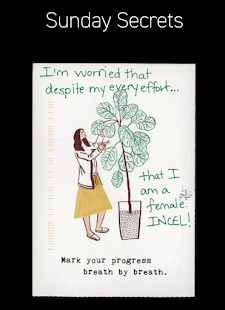Hypertext Fiction - Ava Garcia
Hypertext is fundamentally a text technology with an approach to organize, structure, and share information. It is not only producing language for an audience to enjoy, but also creating links between different materials. Theodore Holm Nelson first introduced the term “hypertext” to mean “a body of written or pictorial material interconnected in such a complex way that it could not conveniently be presented or represented on paper.” It suggests extensibility – a web of interconnected documents. Many different hypertext systems were born after this including the most important contemporary hypertext system, the World Wide Web. While there are many forms of hypertext nonfiction and poetry, most works are hypertext fiction. Common characteristics of hypertext fiction include link and node structure, fragmented text, associative logic, alternative narrative structures, complications of character development and chronology, spatialized texts, intertextuality, pastiche and collage, and a focus on interactivity and user choice. Hypertext fiction can be considered to be a transitional genre between print literature and new forms enabled by digital media and “post digital” media. Hypertext electronic literature is a nonlinear way of storytelling that allows authors to get creative and step outside the box in order to create their work.
https://www.jstor.org/stable/24515349
https://www.google.com/books/edition/Ava/yUQraHg--80C?hl=en&gbpv=1&pg=PA3&printsec=frontcover
I chose to dive deeper into Ava by Carole Maso because it seemed fitting :) This piece of hypertext fiction takes us into the consciousness of a dying woman through fragmented memories both of her past lovers and the literary and cultural references that shaped her experience. The book is her thoughts on her final day shifting from love, death, literary criticism, war, family, and doctors. It is a rambling and disconnected process showcasing the postmodern fiction influence of increased fragmentation used in hypertext fiction. The author describes it as a “work in progress that will always be a work in progress”....”it cannot be stabilized or fixed. It can never be finished.”...”it is a book that could be written forever, added to or subtracted too.” She uses fragmented and erratic sentences throughout the book and pieces them together to create the thoughts Ava has on her deathbed. I found this to be a very interesting piece of hypertext fiction that pieces together a story through a patchwork of voices of a woman's dying thoughts rather than creating a story using different types of links or computer technology.


I love that you followed Ava! I haven't read this before, but I love how the fragments represent how our memories and thoughts come and go and float and form, and how we can piece together her story from these bits of information.
ReplyDeleteThat story sounds very interesting. I find it interesting how modernism often ventures in seemingly disconnected fragments
ReplyDelete